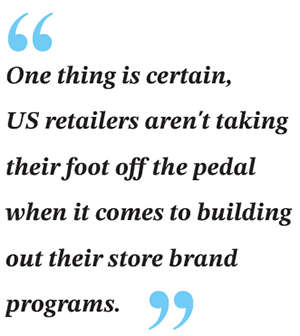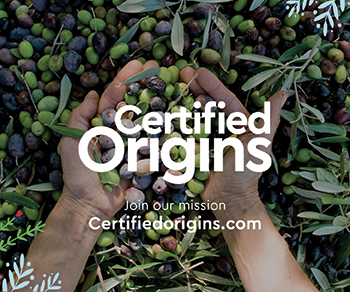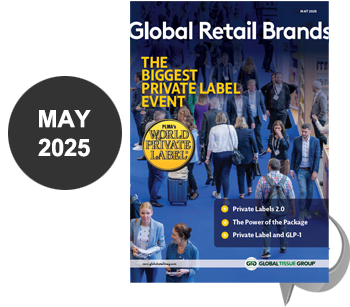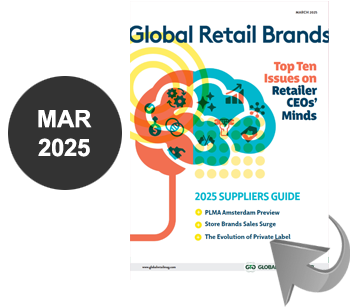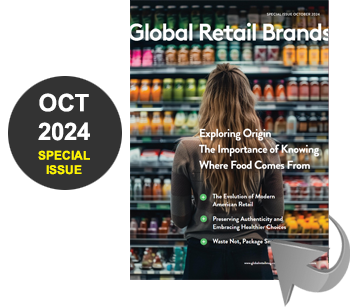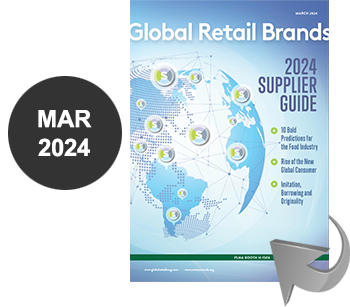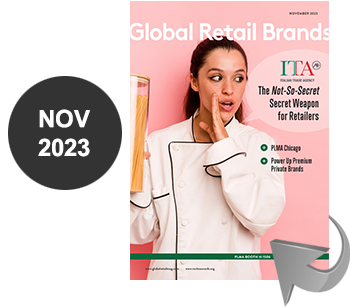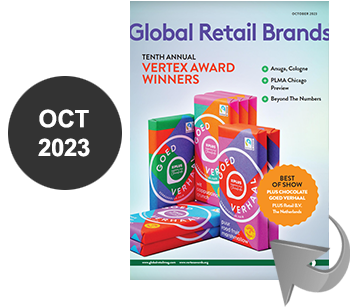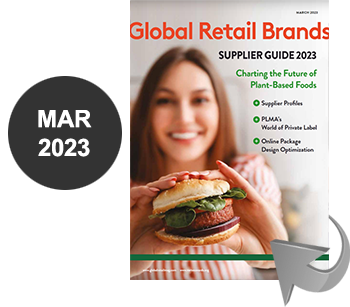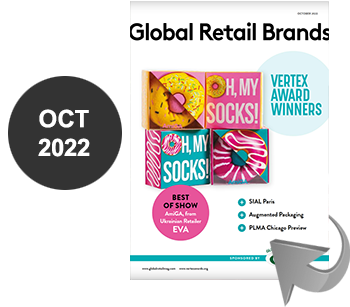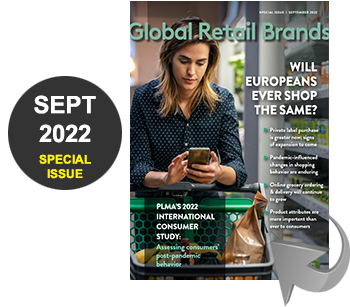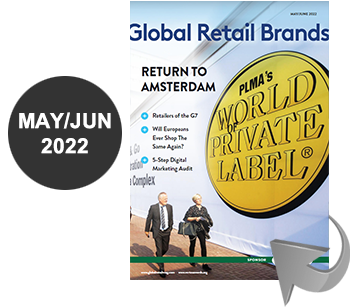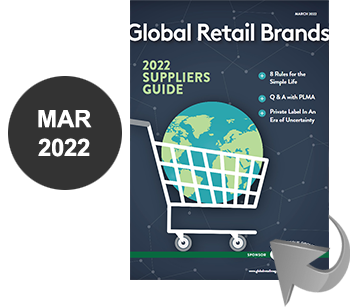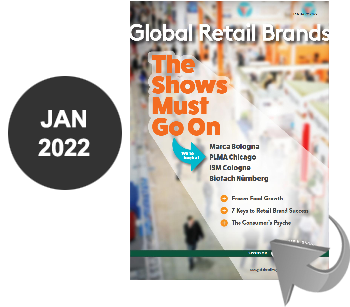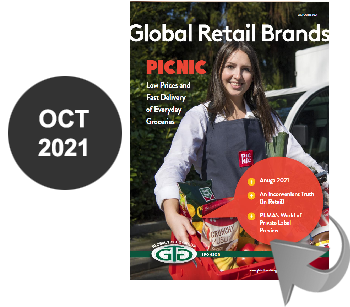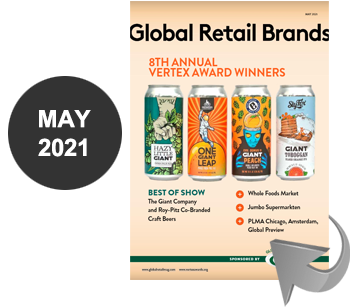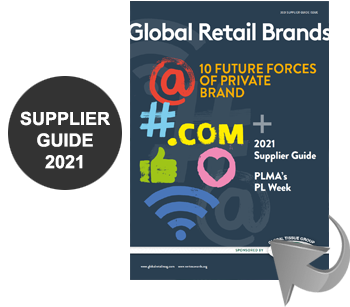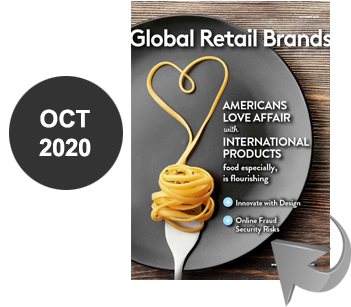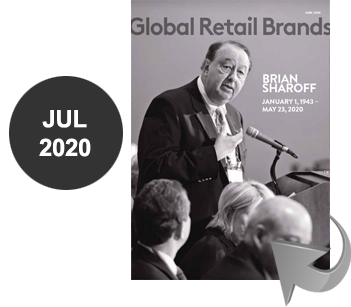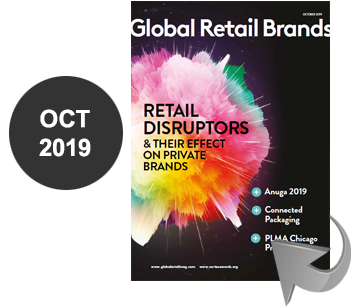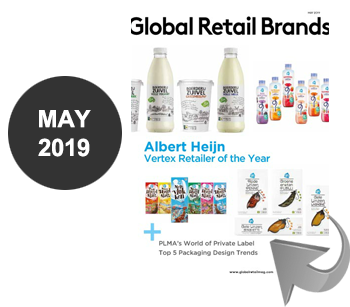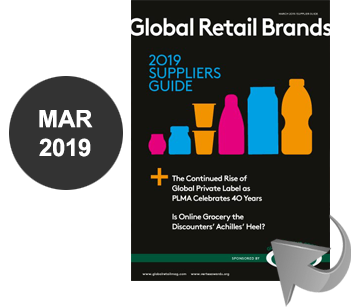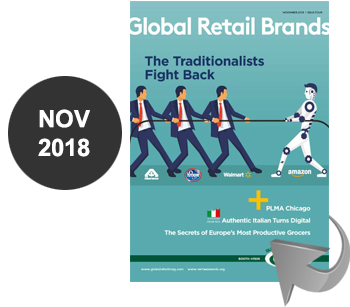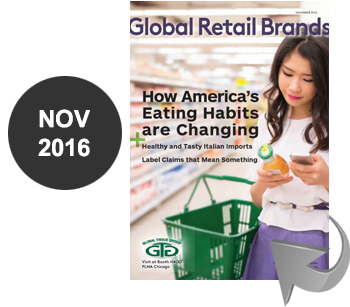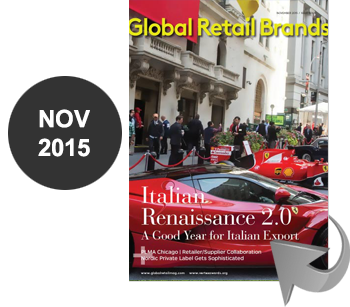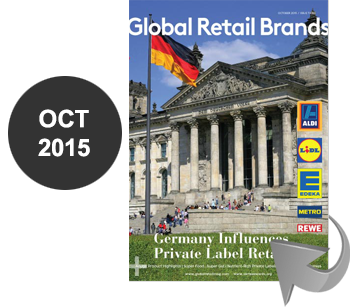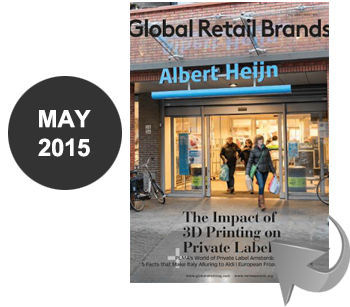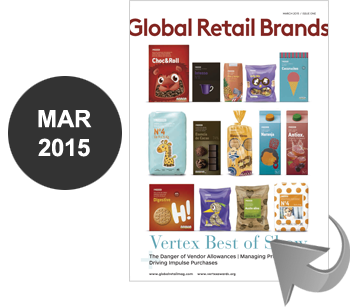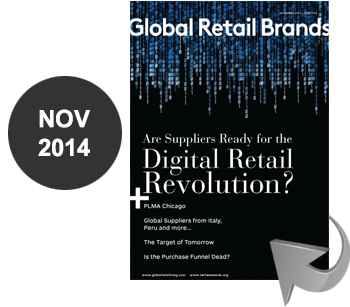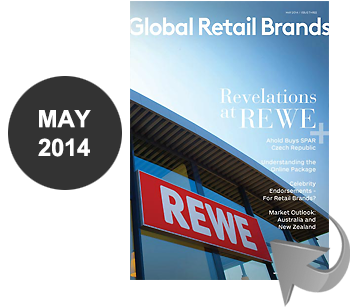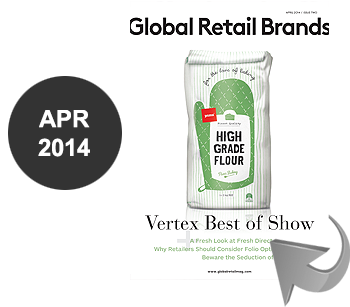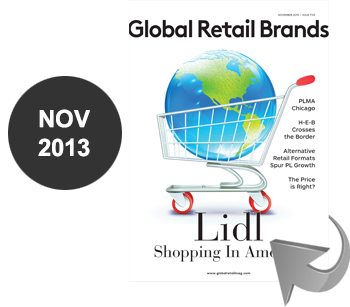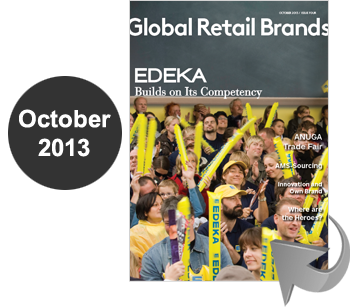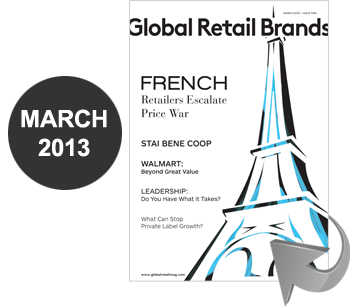The first quarter of 2025 was very good for US store brands.
As the products have over the past few years, they dominated national brands by outperforming their counterparts in both dollar and unit sales across all American retail outlets, per Circana Unify+ and PLMA.
Store brand dollar sales gained 5% and unit sales rose 0.9%, compared to national brands, which were up only 0.8% in dollars and down 1.1% in units, during the quarter ending March 23, vs the same period a year ago.
For Q1, store brand market shares came in at 21.5% for dollars and 23.7% for units, reflecting private label’s superior, multiyear performance vs brands at checkout. In every one of Circana’s last 30 monthly reports to PLMA, store brands finished ahead of national brands when it came to results in dollar and unit sales compared to the prior year.
Drilling down, all ten food and nonedible departments that Circana tracks showed store brand dollar sales growth for the trailing 52 weeks ending March 23, 2025.
Refrigerated improved the most, up 11.5%, followed by Beverages (+4.7%) and Frozen (+3.5%). In store brand unit sales, nine departments increased. Top gainers were Beverages (+4.6%), Pet Care (+3.8%) and Home Care (+3.5%).
The news is not all sunny for US retailing in general, however.
One unsettling trend for all brands over the first quarter is that, pressed by the economy, cautious shoppers are buying fewer individual grocery items. For example, sales of units in March were plus 0.9% for store brands and minus 1.1% for national brands, a marked decrease from January when store brand units were up 2.7% and national brands were flat. It’s a small sample, but a development worth following.
“Sluggish unit sales perplex retailers and suppliers of all CPG products. Consumers remain cautious. Among reasons cited by experts are lingering inflation, persistently high prices at the shelf, an uncertain economy and jobs market, and an emphasis on reducing food and packaging waste,” explains Peggy Davies, PLMA president.
“Basically, consumers are buying fewer items, or units. And maybe also opting for larger, club store sizes. Dollar sales have also slipped but not as much since prices are rising,” adds an industry observer.
“Americans of all income levels are spending less,” reports The Washington Post. “They are pulling back on dining out and other expenses, as they boost their savings ahead of new tariffs and continued economic uncertainty.” “Consumers are increasingly apprehensive about spending,” says Lydia Boussour, of EY-Parthenon. “We are seeing clear signs that people are being more careful, they’re reluctant to spend on nonessential expenses, worried about inflation and have preemptive anxiety around tariffs.”
Recent earnings reports by major retailers revealed lower overall sales they attributed to shoppers’ increasing restraint. McKinsey & Company informs that “despite a relatively strong economy and low unemployment, consumers are purchasing fewer items on each trip. The volume decline is dramatic and pervasive across categories, from grocery to personal care and household products.”
A LendingTree survey says nearly nine in ten Americans are changing the way they shop to fight inflated grocery bills. Some 44% said they’re buying more store brands, 38% are sticking to their lists and 29% are paying closer attention to prices.
Circana’s 2025 report, From Growth to Transformation: The US CPG Private Label Story, asserts, “Private labels of the future will see broad investment not just from major retailers, but also from regional and mid-sized players. Economic uncertainty will continue to elevate private brands. Quality and innovation remain the focus while emerging trends in sustainability and localization gain emphasis. Retailers continue to look beyond price and promotion to push private labels and are creating equity by investing in premium products.”
“Consumers, armed with information and empowered by choice, are increasingly willing to switch to private label alternatives, especially in categories where they perceive little difference in quality,” offers Ipsos in its report, The Rising Tide of Private Labels. “This shift is most evident in categories like pantry staples, household goods, and even certain personal care products. The price-value equation plays a crucial role in this dynamic. Younger, higherincome shoppers are especially open to choosing store brands.”
“All generations are more open to trying new private label products, though younger consumers are most adventurous,” states Circana. “Some 44% of Gen Z shoppers and 39% of younger millennials tried any store brand product for the first time in the past three months.” As well, “28% of national brand ‘loyalists’ tried a new private label product for the first time in the previous three months, up from 21% in 2022.”
“Retailers should ensure their offerings provide outstanding value, innovation and quality particularly in categories where shoppers are targeting cutbacks,” advises PLMA’s Davies. “That’s a challenge we believe can be more than adequately met by the powerful inherent qualities of store brands.”

